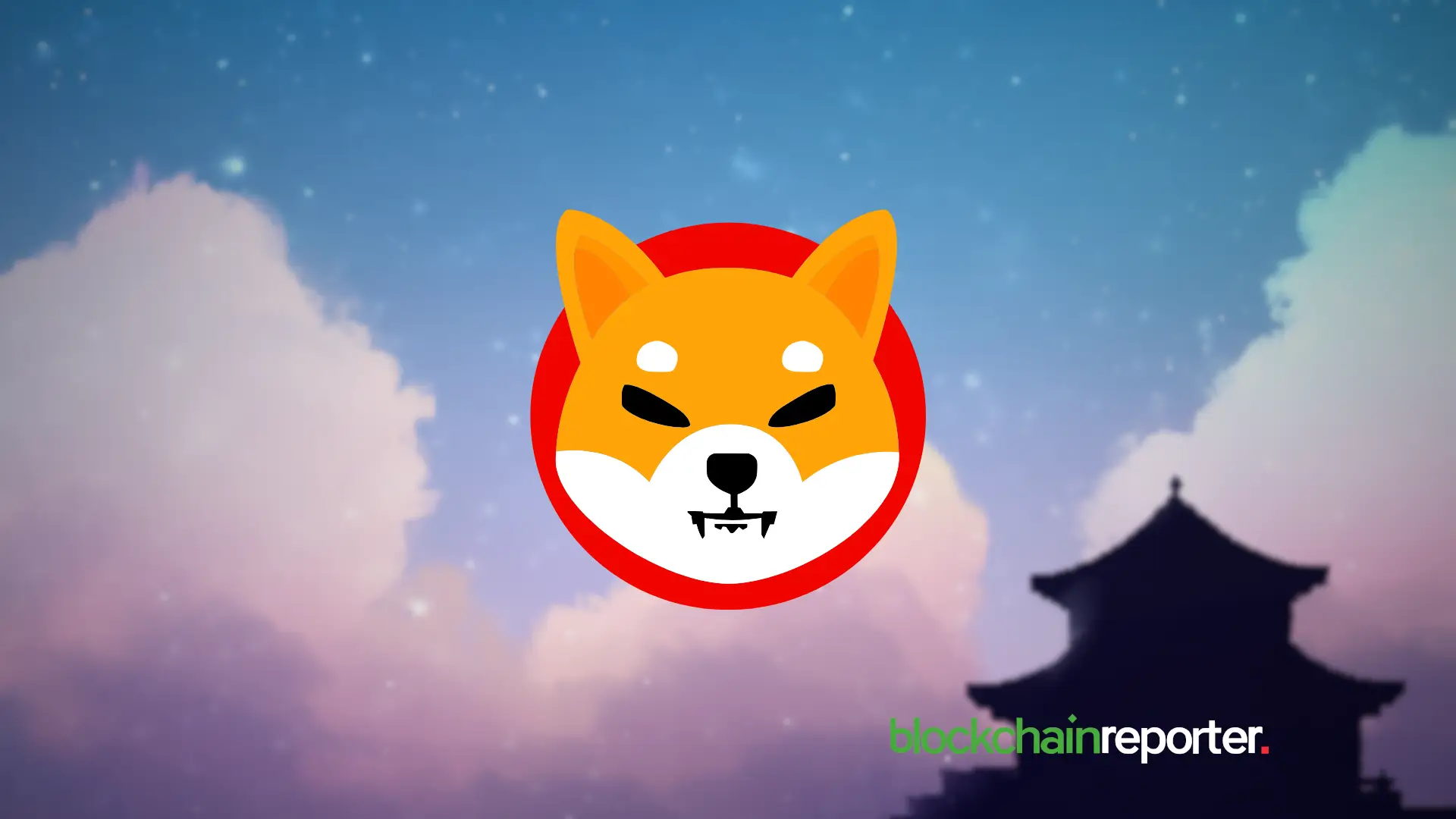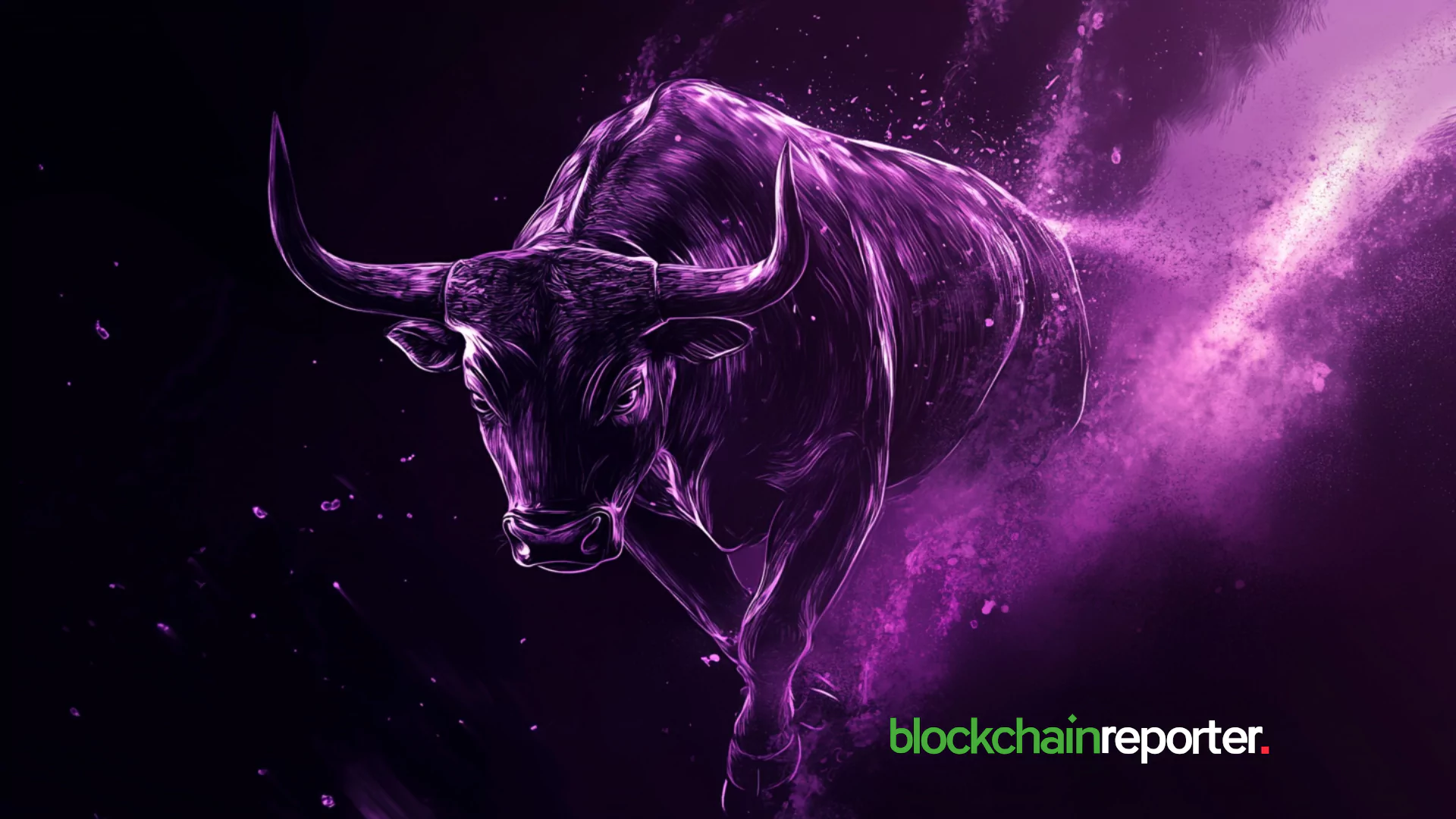2140 – When BTC Rewards End



Introduction
The US Fed Reserve can order addition of as much new money as they consider appropriate. There is no upper limit of how many US dollars can be printed by the US Mint. When Fed Reserve orders quantitative easing, new money comes into circulation. Unlike fiat currency, Bitcoins are not unlimited. No more than 21 million $BTC can ever be mined. Started in 2009, the mining process is going on and will go on till 2140.
Reward-Halving Events
19.92 million $BTC have been mined till 20 th September 2025. It means only 1.08 million more $BTC are to hit the market in future. In addition to many amazingly efficient algorithms concocted by the founder, one was that after roughly every 4 years or after every 210,000 blocks have been mined, the mining reward will be halved. This makes $BTC more and more scarce after each halving .
The reward halving has already happened five times since 2009. You could easily get 50 $BTC per block if you mined during the period between 2009 to 2012 after which, the reward was cut to 25 $BTC per block. The latest halving event in 2024 has reduced the mining incentive to as low as 3.125 $BTC per block. In 2028, a miner will get only 1.5625 $BTC per block as mining incentive.
Mining Difficulty
In the beginning, even cellular phones could mine new Bitcoins. With the passage of time, more and more new miners joined the network. But Satoshi Nakamoto had designed the system so efficiently that the mining time of new blocks was pre-determined.
Although every new block was to be mined after every 10 minutes, the hash rate (the computational power needed to solve puzzles) was so low in the early years that it took less than a minute to mine a new block in 2009. Addition of new miners and increase in mining power accelerated the hash rate. Therefore, no matter how powerful a machine you get, or how many of them you employ, you cannot earn more than 1 block in 10 minutes.
Ingenuity of 4-Year Plan
One cannot help but admire the plan by Nakamoto. If he had programmed halving events to be too quick (2 years or 1 year apart), miner would have lost incentives too quickly, before even Bitcoin could have got some traction in public. If he had programed it to be too slow, too many $BTC would have flooded the market in the early years. So, the four-year plan was nothing short of being a masterpiece of decentralized finance.
When Will Miners Run Out of $BTC?
We have seen that addition of more powerful machines or increasing number of miners do not affect the speed at which Bitcoins are mined because hash rate keeps on increasing. The year 2140 will be the time when the last block of Bitcoins is mined. One might wonder why miners would still cling to mining when there is no more reward.
To understand it, you need to keep in mind that at the moment, miners are reaping two kinds of rewards: mining rewards as well as trading fees. Their investment in stupendously powerful hardware and electricity pays off when their machines solve complicated puzzles to add new blocks on the blockchain. Every new block has 3.125 $BTC, worth $362,500.
What Will Miners Earn after 2140?
This is quite obvious that when all $BTC have been mined, miners will either give their rigs or devise some other method to justify their investment. One means of earning will be their transaction fees and validation fees. You might wonder if there will be no new block to be mined from the network, what the miners will validate. However, it must be clear that new blocks will still be added to the blockchain, but there will be no reward for that addition and validation. The only income generated by the miners will be the fees they receive for validation.
Transaction Fee
On average, miners are currently getting 0.0000077 $BTC per transaction, which is about $0.89. This is a modest fraction if compared with the block rewards. If the fees are considered per block, they are 0.01742 $BTC, or $2020. The energy consumed to mine per block is enormously massive. Clearly, fees will not be enough to sustain miners’ investment. Therefore, they may increase fees or shut down their systems.
What If Rigs Are Shut Down?
This will be a social as well as a technical disaster. All new transactions will sit on the chain to be confirmed but there will be no one to validate them. This situation will compel users to agree on higher transaction fees.
A few scaling solutions like Lightning Network may prove helpful when fee become menacing. But the main problems will be whether the miners are able to run their systems merely on the transaction fees.
Bottom Line
Thousands of mining systems are active around the world to mine $BTC. Currently, miners get 3.125 $BTC for every block they are able to mine. The rewards will continue to halve every 4 years till 2140 when they reach zero. After that time, the miners will have only transaction fees as their source of income. The fees will inevitably rise significantly. Otherwise, there will be risk that the miners shut down their work. Shutting down will be destructive for the blockchain, so, the miners will be compensated somehow so that things could go on without any hiccup.

Milk & Mocha $HUGS Whitelist Frenzy Proves This Could Be the Next Pepe
Milk & Mocha’s $HUGS combines meme culture with staking (50% APY), NFTs, mini-games, and token burns...

SHIB Loses Hype Among Retail Traders While Based Eggman $GGs Becomes a Top Presale Crypto Coin of This Year
Shiba Inu cools as retail hype fades while Based Eggman ($GGs) rises across top crypto presales. Exp...

BlockchainFX Presale 2025 Momentum: Analysts Say It Could Mirror Solana and Binance Coin’s Explosive Growth
BlockchainFX presale has raised $7.7M+, offers staking rewards, Visa card utility, and a $500K givea...

